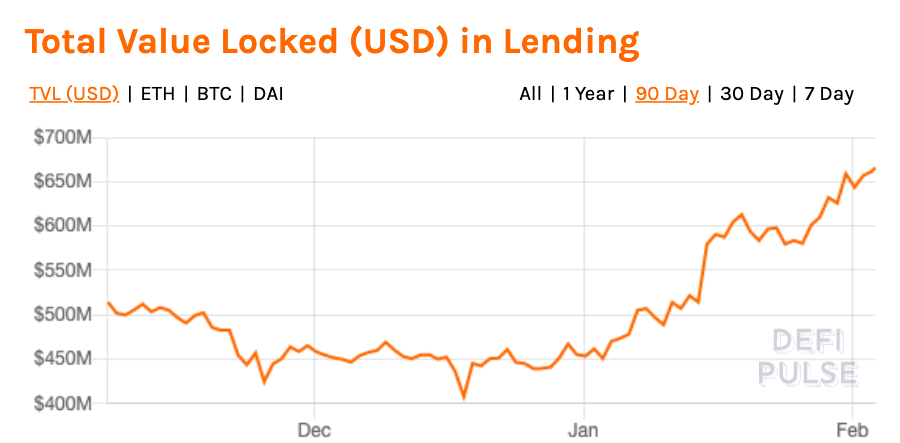Curve Finance is improving slippage for DeFi stablecoin conversions, like DAI/USDC. If successful, the protocol would be more efficient than any other DEX.
Efficient Protocols Win
The DeFi space is beginning to see improvements on many initial protocols.
DEXes like Bancor and IDEX, for example, were functional, but they had their fair share of drawbacks. Uniswap eventually launched and introduced token bonding curves, liquidity pools that incentivized contributions, and a sleek interface.
For their efforts, Uniswap went from below $1 million in liquidity to nearly $20 million locked in the protocol within four months. In a similar manner, Curve Finance seeks to disrupt Uniswap’s moat, but only for stablecoins.
Currently, Uniswap’s algorithm prioritizes competitive prices rather than the efficiency of the trade. This holds true for all digital assets, including stablecoins. It is in this lack of distinction that Curve may be able to find their niche.
The core premise is that other DEXes will have varying degrees of slippage based on the size of the peg and the market price of each stablecoin. Curve, however, guarantees the lowest slippage in the market regardless of these aspects.
For the uninitiated, the lower the amount of slippage on an exchange, the more certain traders can be that their buy and sell orders will be executed at a specific price. In the example above, Curve Finance currently offers the greatest amount of certainty.
Michael Egorov, the creator of Curve Finance and CTO at NuCypher, told Crypto Briefing that Curve optimizes trading efficiency by focusing less on price. This is much easier because stablecoins are comparatively less volatile. And already the improvements are clear.
To convert a single DAI to USDC, Uniswap’s current slippage is approximately 0.80% or 80 basis points, Kyber Swap’s slippage is 30 basis points, and Curve Finance boasts a slippage of just six basis points.

The last few days have been eventful for Curve, having successfully completed a third-party audit by Trail of Bits and ParaSwap integrating Curve’s liquidity to its interface.
ParaSwap is a DEX aggregator that scans DEXes and finds users the best prices across various available avenues. Curve’s liquidity pool would be the easy choice for any DEX user that wants to exchange DAI for USDC and vice versa.
At the time of writing, Curve has just under $650,000 of liquidity, with that number split almost equally between DAI and USDC.
Low Slippage Stablecoins in DeFi
Lending rates in DeFi are determined by demand and supply. So when the yield for lending USDC goes above that of DAI, lenders will want to migrate from DAI to USDC.
Curve gives them the ability to do this while simultaneously guaranteeing them a better price than a regular DEX.
Being able to move from one stablecoin to another helps to correct interest rate anomalies that occur due to a demand-supply mismatch in the market. This brings rates back to normal levels and helps users retain their profits.
Whether such a tool continues its upward trajectory remains to be seen, however.
DeFi has proven to be an efficient market, slowly pushing away ineffectual players while promoting the use of protocols that benefit users. This is showcased by Uniswap’s rapid ascension and Bancor’s inability to gain traction since raising $153 million in 2017.

At the time of writing, data from DeFi Pulse shows that $666 million, or 74% of all value locked in DeFi, is tied up in lending protocols like Maker, Compound, and dYdX.
Bringing low slippage, and ultimately better prices, to this niche of DeFi is, nonetheless, an important event.
